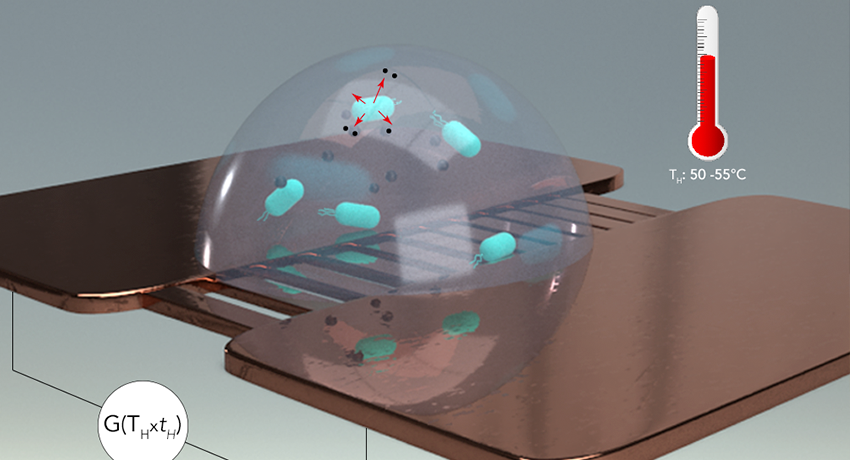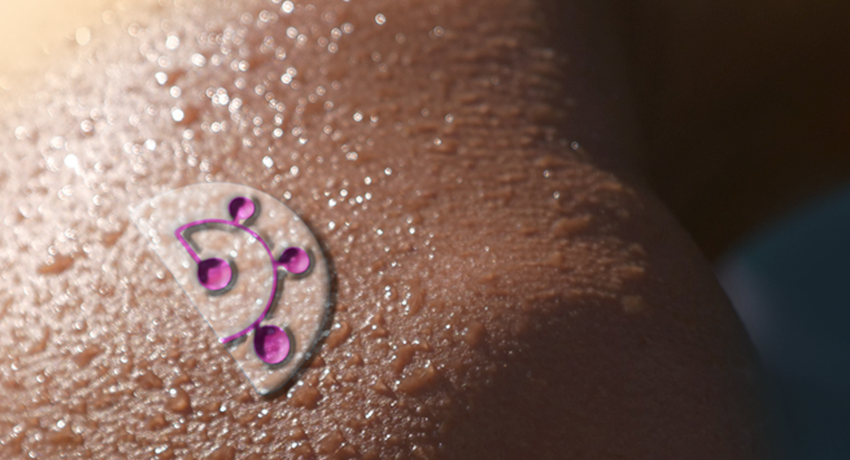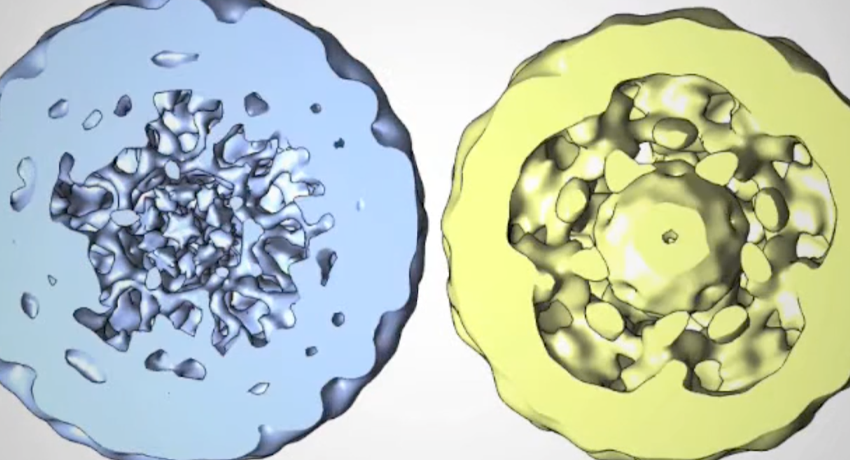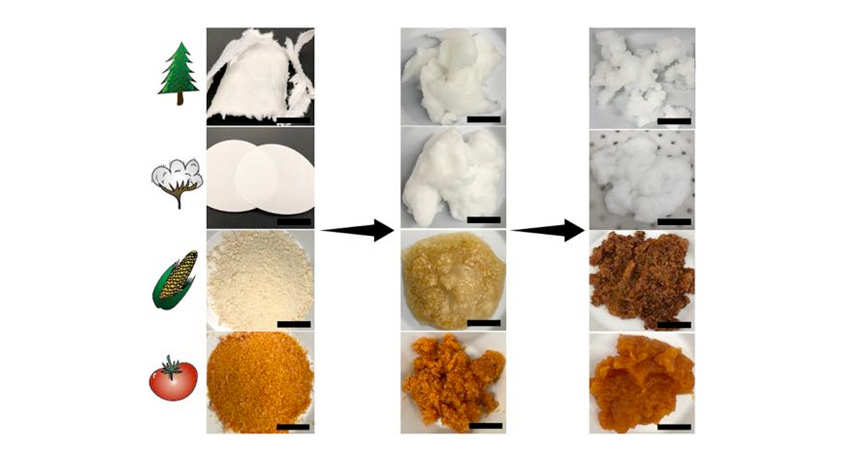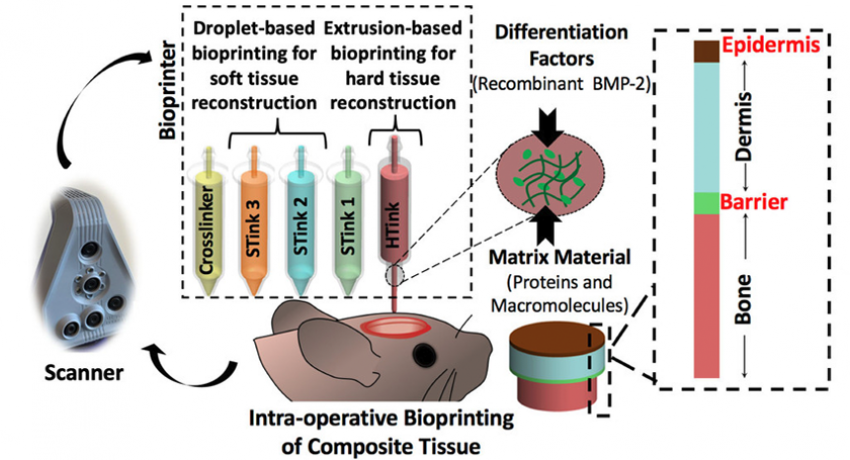Newly developed flexible, porous and highly sensitive nitrogen dioxide sensors that can be applied to skin and clothing have potential applications in health care, environmental health monitoring and military use, according to researchers.
The Next-Generation Therapies (NGT) research program discovers and characterizes novel agents and pathways; translates these discoveries through innovative, preclinical proof-of-principle studies; and provides more effective cancer therapies to our patients.
Penn State researchers have developed a novel nanoengineered granular hydrogel bioink that makes use of self-assembling nanoparticles and hydrogel microparticles, or microgels, to achieve previously unattained levels of porosity, shape fidelity and cell integration.
“Waste products like corncobs, wood pulp, cotton and tomato peels often end up in landfills or in compost,” said corresponding author Amir Sheikhi, assistant professor of chemical engineering. “We wanted to transform these waste products into micro- or nanoscale particles capable of extracting rare earth elements from electronic waste.”
Fixing traumatic injuries to the skin and bones of the face and skull is difficult because of the many layers of different types of tissues involved, but now, researchers have repaired such defects in a rat model using bioprinting during surgery, and their work may lead to faster and better methods of healing skin and bones.
"There is no surgical method for repairing soft and hard tissue at once. This is why we aimed to demonstrate a technology where we can reconstruct the whole defect — bone to epidermis — at once."
- Hartz Family Career Development Associate Professor of Engineering Science and Mechanics, Biomedical Engineering and Neurosurgery

